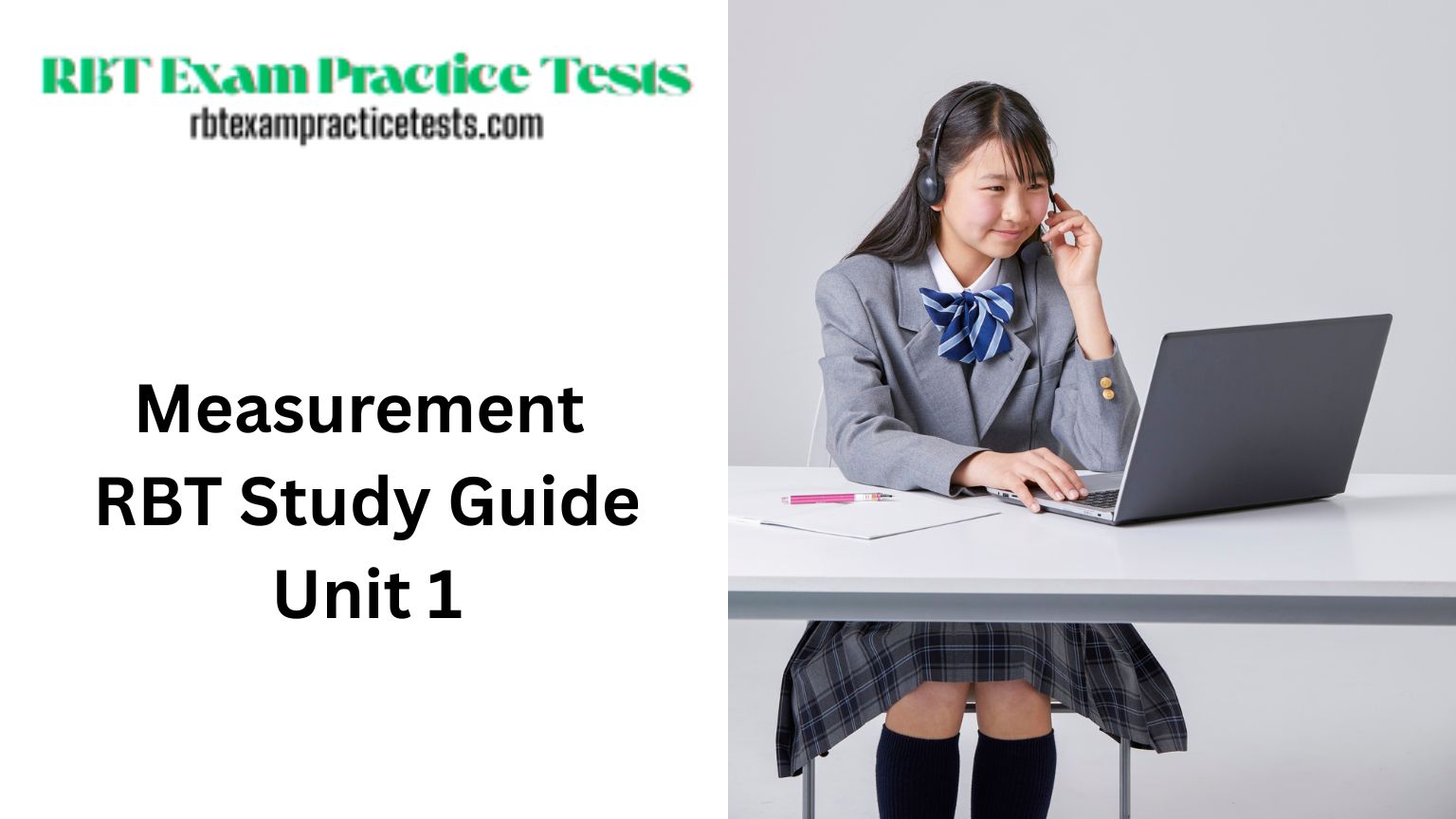Measurement | RBT Study Guide Unit 1
Your Ultimate Guide to Mastering Measurement in ABA for the RBT Exam 2025
Introduction to Measurement in RBT
Measurement forms the foundation of Applied Behavior Analysis (ABA). As a Registered Behavior Technician (RBT), understanding how to accurately measure behavior is crucial for tracking progress, evaluating interventions, and supporting client outcomes. This guide, updated for 2025, dives deep into Unit 1 of the RBT Task List, providing unique insights, real-world examples, and practical tips to help you excel on the exam and in practice. With about 12 questions on the RBT exam dedicated to this topic, mastering measurement can give you a significant edge.
We’ll cover key procedures from the BACB RBT Task List (2nd Edition), ensuring you’re prepared with the latest standards. Let’s get started!
Prepare for Data Collection
Before any session begins, preparation is key to accurate data gathering. As an RBT, you’ll need to ensure all tools are ready to avoid disruptions and maintain reliability in your measurements.
- Required Materials: Gather items like data sheets, timers, clickers, or digital devices. For example, use a stopwatch for timing behaviors or a tablet app for real-time logging.
- Tip for Success: Always double-check your setup against the behavior plan to align with the BCBA’s instructions. This prevents errors and ensures data integrity.
In practice, imagine preparing for a session with a child learning social skills; having pre-printed forms ready can make the difference in capturing every interaction accurately.
Implement Continuous Measurement Procedures
Continuous measurement involves recording every instance of a behavior, providing a complete picture for analysis. This is ideal for behaviors that occur at moderate rates.
- Frequency: Count the number of times a behavior happens. Example: Tallying how many times a student raises their hand during class.
- Duration: Record how long a behavior lasts. Example: Timing the length of a crying episode from start to end.
- Latency: Measure the time from a prompt to the start of the response. Example: Noting how long it takes a client to follow an instruction like “Sit down.”
- Inter-Response Time (IRT): Track the time between two instances of the same behavior. Example: The gap between completing one puzzle piece and starting the next.
Pro Tip: Use tools like clickers for frequency to keep your hands free, enhancing accuracy in fast-paced environments.
Implement Discontinuous Measurement Procedures
When continuous tracking isn’t feasible, discontinuous methods sample behavior at specific intervals, balancing efficiency with insight.
- Whole Interval Recording: Mark if the behavior occurs throughout the entire interval. Best for increasing behaviors, but it may underestimate occurrences.
- Partial Interval Recording: Note if the behavior happens at any point in the interval. Useful for reducing unwanted behaviors, though it can overestimate frequency.
- Momentary Time Sampling: Check if the behavior is occurring at the end of an interval. Example: Observing if a student is on-task every 10 minutes.
Unique Insight: In busy classrooms, momentary time sampling saves time while still providing trend data for progress reports.
Implement Permanent-Product Recording Procedures
This method focuses on the tangible outcomes of behavior rather than observing it in real-time, making it efficient for certain tasks.
Example: Checking if homework is completed by reviewing the finished worksheet, without watching the process.
Advantages: It’s less intrusive and allows for after-the-fact review, ideal for behaviors like cleaning or art projects.
Enter Data and Update Graphs
After collection, input data promptly and visualize it in graphs to spot trends. This helps BCBAs make informed decisions.
Example: Plot frequency of target behaviors on a line graph, with sessions on the x-axis and occurrences on the y-axis. A downward trend might indicate successful intervention.
Best Practice: Use software like Excel or ABA-specific tools for quick updates, ensuring graphs are labeled clearly for team reviews.
Describe Behavior and Environment in Observable and Measurable Terms
Avoid subjective language; focus on what can be seen and quantified to ensure consistency across observers.
Example: Instead of saying “The child was upset,” describe “The child cried for 2 minutes and clenched fists.”
Rule of Thumb: If a behavior passes the ‘dead man’s test’ (something a dead person couldn’t do), it’s measurable. This promotes objectivity in ABA.
Practice Quizzes for RBT Measurement
Test your knowledge with these targeted quizzes to reinforce what you’ve learned and prepare for the exam.
Sources
- BACB RBT Task List (2nd Edition) – Official task list for measurement procedures.
- BACB Registered Behavior Technician Handbook (2025) – Requirements and updates for RBT certification.
- Behavioral Buzz RBT Competency Study Guide – Additional insights on continuous measurement.
- Kids Club ABA RBT Exam Study Guide (2025) – Updated topics on measurement types.
